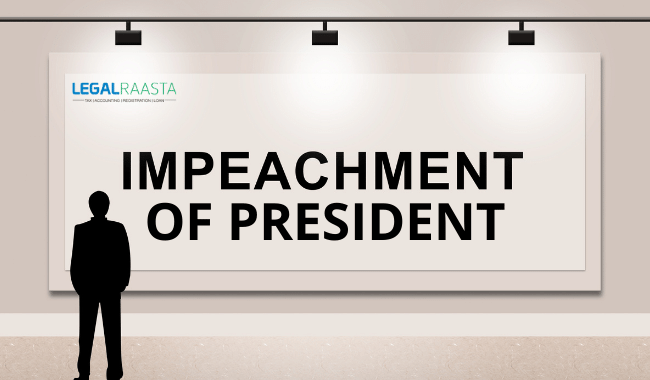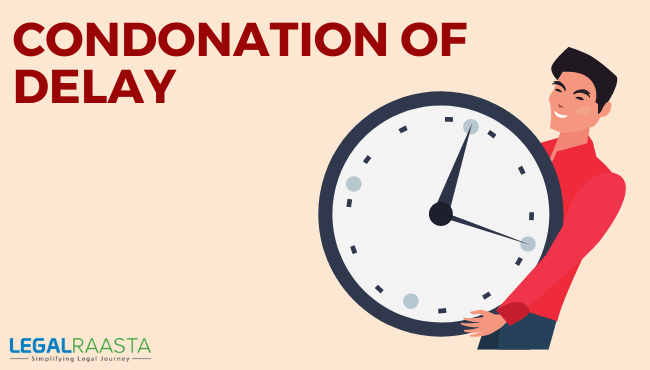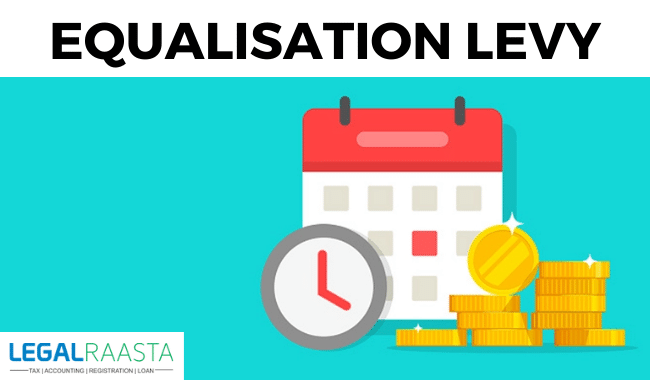Impeachment of President in India
The Indian constitution provides for impeachment of the President by Parliament on one or more grounds of alleged incapacity or misuse of powers. The process is initiated in the Lok Sabha which may pass a resolution supported by not less than two-thirds of its total membership, to remove the President from his office. The motion in Lok Sabha can be introduced only after the Supreme Court decides on the matter. The Supreme Court may refer the question to Parliament if it finds no merit in the petition of charges contained in it, or otherwise does not find anything which may warrant further proceedings.
Process of Impeachment of President in India
A charge against the President has to be supported by at least 50 sitting members of either house. A resolution for removal will have to be passed by a two-thirds majority in both houses of parliament. However, before removing him/her from office, he/she can be given an opportunity to defend himself/herself by answering each accusation that is brought against his/her office; this would be done through each house of parliament acting as a court (hearing all evidence), and then voting on whether they agree with the changes made. If the house does not hold a vote on the charges, then by default the president would be considered as acquitted and that would conclude any proceedings against him/her.
The President cannot take part in any such proceedings and is suspended from their office during this time. The Vice-President of India takes their place during such an event.
The Constitution specifies that the presiding officer – Vice-President – shall preside at all sittings in which he takes part, but does not specify his role. Consequently, controversy has existed over the years about the role of the presiding officer and other procedural aspects during impeachment proceedings. The power to impeach a President is vested in the Lok Sabha (House of People), Speaker / Chairman, and Council of Ministers by two-thirds majority vote, where necessary through Parliament Acts No. 29 & 35 of 1950 and 1952 respectively.
However, if no vice president is present at that time, then the Speaker of Lok Sabha presides over the house as a speaker not as a temporary President until the new president assumes office through the proper process. In case the sitting President faces charges after losing the majority in Lok Sabha but before the adjacent election so as to render him incapable of functioning further i.e., vitiated mandate, then the election may be conducted earlier than scheduled by UPSC Commission.
If a motion for removal fails to get two-thirds in favor in both houses even after following all the steps then this particular impeachment becomes null and void.
Article 61(1) says that the executive powers shall be exercised by President “either directly or through officers subordinate to him”. This means that if a public official act against the law or Constitution he can be tried for his offense under Article 61(2).
Upon conviction by majority vote in each House, the President ceases to hold office immediately as if s/he vacated it. This is however subject to a caveat as stated in Article 71: “Provided that where such a resolution has been passed by both Houses of Parliament before the expiration of his term of office, he shall continue to hold office until the date on which a resolution disapproving the declaration is passed by both Houses of Parliament.” This means that if a President is removed from office through an impeachment process, then the next President would assume office immediately and not remain in power until the elected Vice-President takes the oath.
The above procedure was tested first in 1969 when then-incumbent President Dr. Zakir Hussain died in office, while the process of his impeachment was underway. The then Prime Minister Indira Gandhi decided to act as interim president till the presidency has been vacated for the rest of her term. However, later constitutional amendments were made to amend this issue whereby now during such event, where the post of President falls vacant due to death or otherwise, elections are held within six months to elect a new President that there may not be any further political vacuum.
In July 2014, the Vice-President of India, Mohammad Hamid Ansari completed his second term after which O. P. Kohli assumed office as acting President until former Indian Administrative Service officer Pranab Mukherjee was elected and sworn in as the thirteenth President of India on 25 July 2012, to serve a five-year term. Subsequently, Mahmud Ansari completed his full five-year term on 11 August 2017 and became the First Chairperson of the National Authority for Chemical Weapons Convention from 12 August 2017 till date. As per provisions of Article 83 read with Second Schedule of Constitution’s Fifth Amendment Act 1976, Pranab Kumar Mukherjee is currently serving as 13th Vice President of India from 29 July 2017 after 9th President of India, Pranab Mukherjee has retired from his office.
Impeachment in India was introduced in its constitution through the ‘Constitution (Twenty-sixth Amendment) Act, 1971’.
Under this article when a charge is supported by at least 50 sitting members then either house may discuss further proceedings against him/her. The President can also be impeached by a special majority of each house, in which case the end of the proceedings and he/she is removed from office.
The article requires that all charges against the president have to be supported by a 50-member panel or more, after which the issue is taken up for discussion. A two-thirds majority vote at this stage ends the proceedings and results in removal from office. However, if a simple majority of sitting members support the charge sheet, only then will further proceedings take place whereupon no vote would be held until all evidence has been presented. In such an event, a two-thirds absolute majority of votes cast at the end shall result in the removal of the president.
At present, there is no mechanism to impeach the President of India. All past efforts to introduce the mechanisms were thwarted by Rajya Sabha (Council of States, or Upper House of Parliament) on the pretext that one man cannot be allowed to ruin the reputation of the Presidency itself. However, Lok Sabha (House of People, or Lower House of Parliament), the lower house has passed a motion recommending impeachment against president KR Narayanan for taking bribes in an arms deal during his tenure as Indian president. Since then no attempts have been taken yet by anyone to file a motion against any president so far.
The President of India is elected by members of an electoral college consisting of MPs and state legislators for a five-year term. The Constitution states that no person shall be eligible for election as President unless he or she has completed 35 years of age, has been a citizen of India for at least 10 years, and is qualified for election as a member of the Lok Sabha (lower house). The President’s role and powers are largely ceremonial. In addition, the President is also the formal head of all foreign diplomatic missions and is charged with overseeing the country’s armed forces.
Article 124(4) and (5) were changed in 2019 by the parliament. President can be impeached now if he is accused of crimes during his tenure as President or while holding office either as president or vice-president. But these changes will only come into effect after the passing of The Constitution (Eighty-second Amendment) Bill 2019 that has been approved by the cabinet with some amendments by PM Modi along with his cabinet.
Conclusion
The Indian Parliament can do an impeachment against the president when there are charges like commission (creation) of any offense (including bribery), violation in oath, etc., in connection with his job under Article 124(4) and gross misconduct in respect of the discharge of official duties under Article 215(1). The Indian president cannot do self-impeachment; so, there should be a public petition to the Parliament for impeachment against him under Article 124(4) and 215(1).
An impeachment procedure has been introduced as part of the Constitution to deal with cases of misbehavior or incapacity of a President. It is not considered “good practice” by those who have been examining what might be included in the second generation of human rights instruments (such as an international code on good practice and conduct for heads of state), since it involves parliamentary interference with judicial independence and integrity.
Related Posts:
Prime Minister’s Employment Generation Program








